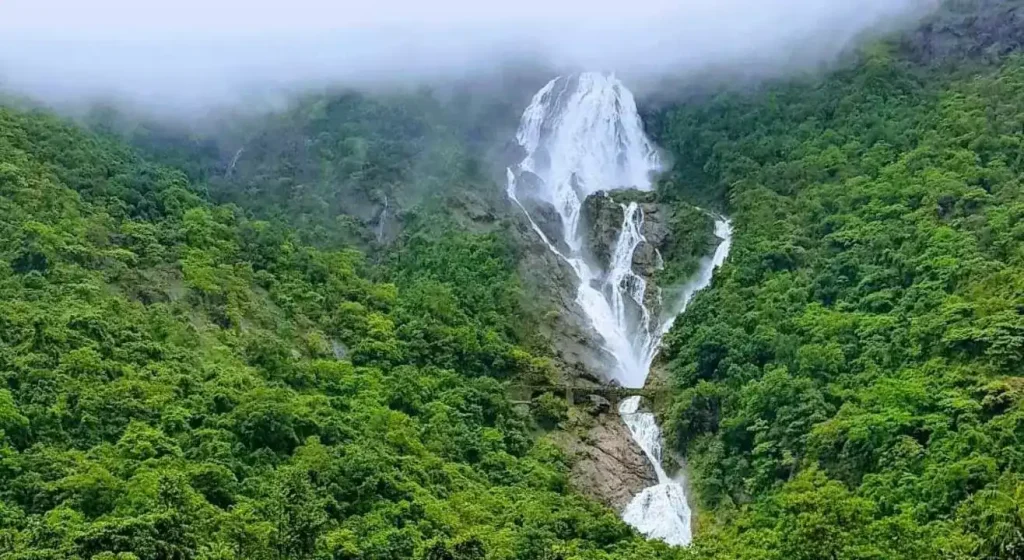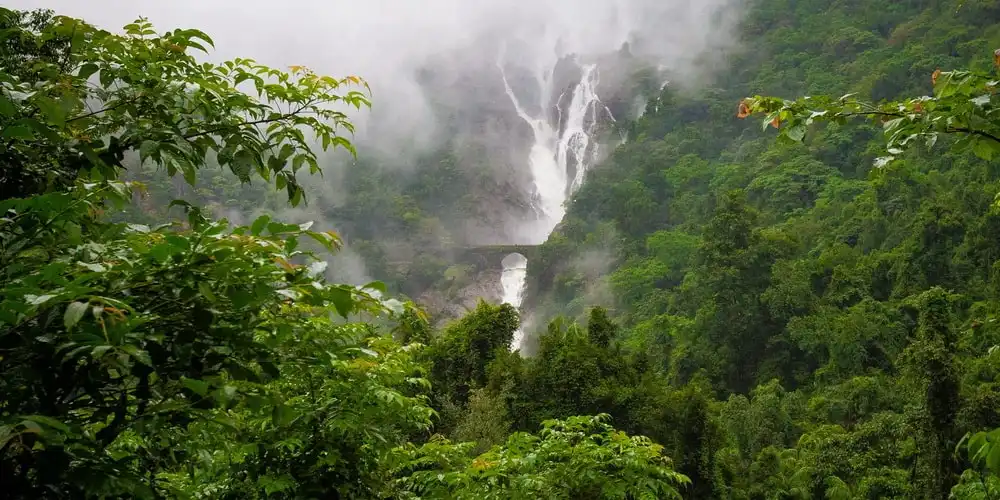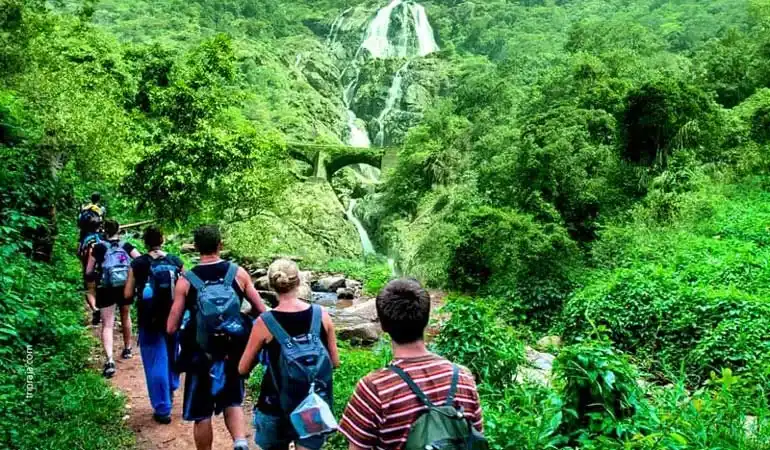Varanasi
The name Varanasi fills our mind with thoughts like land of colour, resounding mantras, fragrance of burning incense, River Ganga; Ghats, sanyasis, temples, tourists etc. --- all in an environment filled with devotion! Varanasi, also known as Banaras (and Kashi), is one of the oldest living cities of the world. This city lies on the banks of the mighty river, the holy Ganga (also called Ganges), in Uttar Pradesh. Varanasi is considered as one of the seven most sacred religious places of the Hindus.
"Banaras is older than history, older than tradition, older even than legend and looks twice as old as all of them put together", Mark Twain.
Most Hindus dream of visiting Varanasi at least once in lifetime, taking a holy dip in the Ganga, and walking along the river banks, city lanes and the Panchakosi road that borders Varanasi. For the Hindus and the devotees of other religions of Indian origin, Varanasi is a divine place. They believe that if they pass away in Varanasi, the divine abode of Lord Shiva, they will attain the very purpose of human life --- Moksha.
The name Varanasi is derived from Varuna River to the North and Assi River to the south that the river Ganga flows through. The name Banaras goes to its root to Pali language.
Known also as the city of Ghats, Varanasi has a lot of uniqueness. The Ganga Aarti (ritualistically worshipping Ganga), big and small roads, boat-rides,views of Ashrams and temples, rhythmic and continuing chanting of mantras, and the surroundings bearing the fragrance of burning incense --- all leading to a unique spiritually elevated feeling within --- can be felt in Varanasi.
Research reveals that urban settlement began in 2000 BCE. The city was famous for textiles, perfumes, ivory and other sculptures. (Even now, Banaras sari is a prized possession of women in Indian households). With growing international trade, the city further developed its reputation as a holy city. Persian invasion in the 17th century destroyed many temples, but from the start of the 18th century, the city began to regain its past glory, restoring the destroyed temples and building new ones. Besides being known for knowledge and spirituality, Varanasi was the centre point of India’s culture and heritage. Classical music and art, gharanas etc. were promoted here. One of the most famous universities of the world, BHU (Banaras Hindu University) is in Varanasi. Religious and philosophical discourses used to be held here. As the centre of learning, Varanasi has given birth to different interpretations of Religious, spiritual and philosophical treatise.
It is believed that Shiva and Parvati witnessed from Varanasi the actualization of the concept of time. Most legendary characters' life is closely linked to this place, especially with respect to Buddhist scriptures and the Mahabharat. The birthplace of Buddhism in 528 BCE was in Sarnath, near Varanasi. It is here that the revered Tulsidas wrote his epic poem Ramcharit Manas.
Known as the temple city, Varanasi is famous for Kashi Vishwanath temple, the 8th century Durga temple, Sankatmochan Hanuman temple, the Sakshi Vinayak temple of Lord Ganesh, the Kaal Bhairav temple, the Nepal-style temple built by the king of Nepal on Lalita Ghat, the Bindu Madhav temple near the Panchaganga Ghat, and the Tailang Swami Math.
With all beautiful and colourful sights, and with an awe-inspiring history, the holy city of Varanasi --- modern yet rooted deep to spirituality --- is a must-visit for one and all.





















